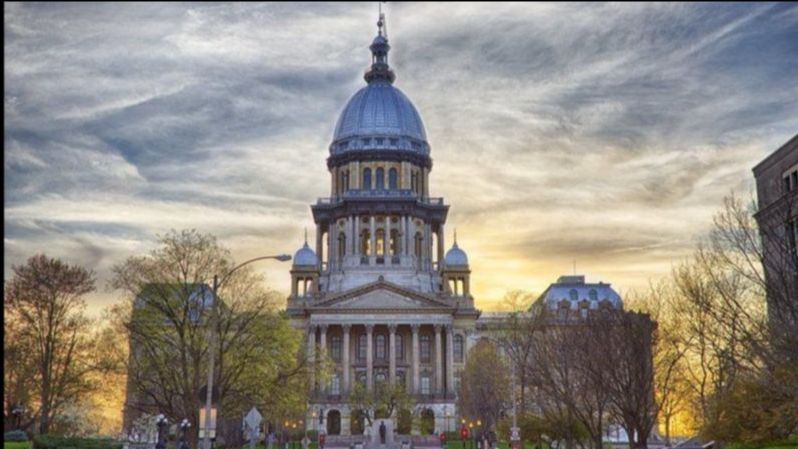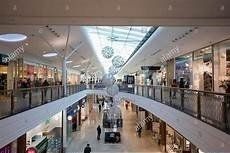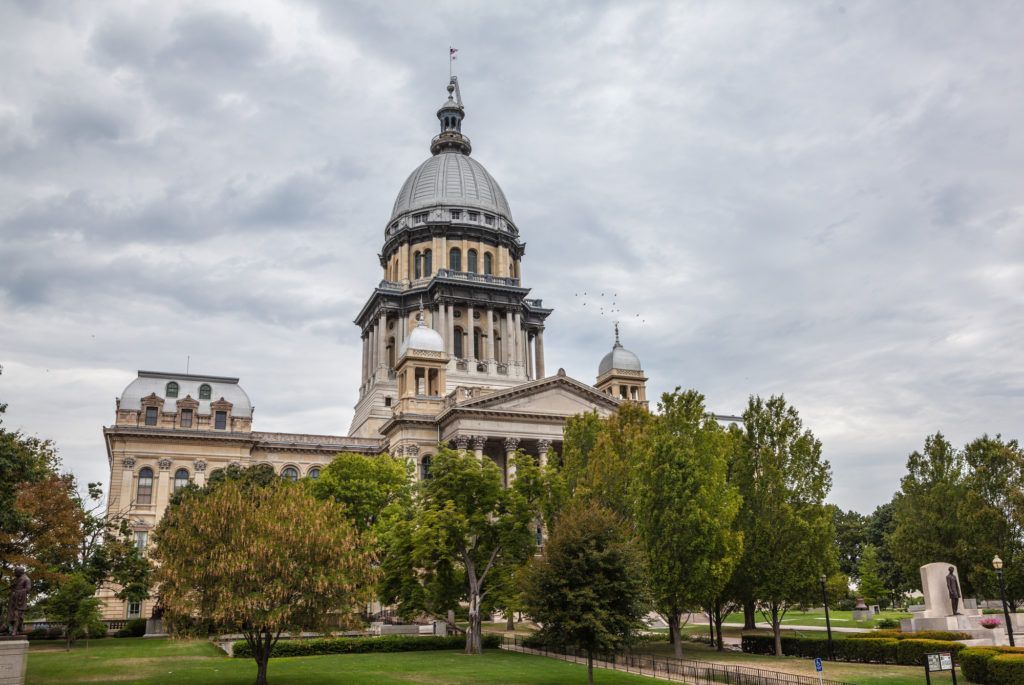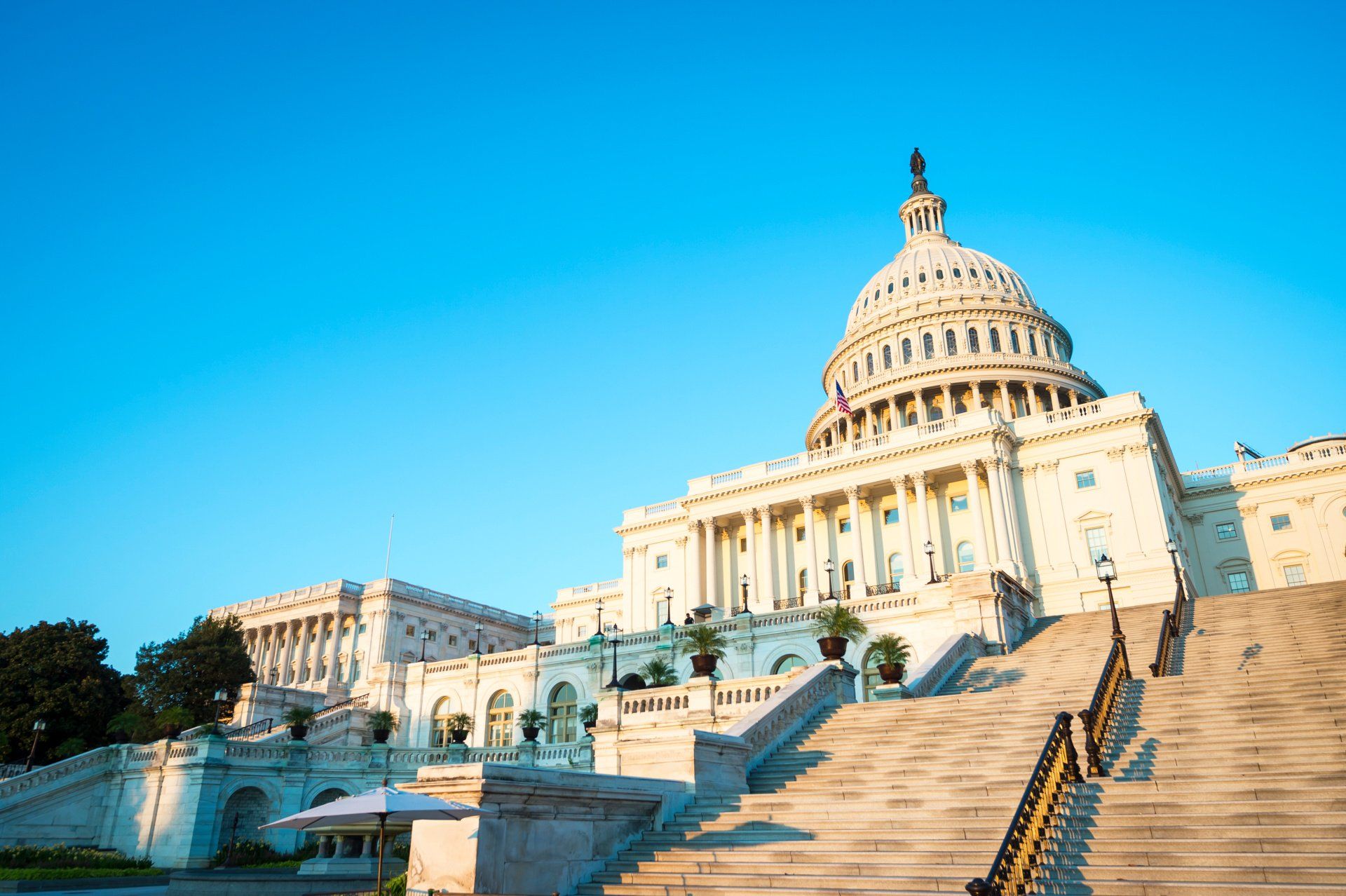
Reinventing the Shopping Mall

Consider the Year 1980:
Interest rates were 21.50%, the average cost of new house was $68,700, the average income per year was $19,500. average monthly rent was approximately $300, and a new car would set you back only about $7,200. The first domestic camcorders available were released in Japan and fax machines were just coming online and shopping malls were the rage.
Once the darling of American commerce, shopping malls were the place for teenagers, morning-time mall walkers and a place for retail paradise. One could say that the indoor mall of yesterday was akin to Amazon today. In fact, there are reported to be around 47,000 shopping centers or malls in the US right now, with over 1,000 of them classified as “enclosed”. Of these, some of the biggest and most famous malls have been around for a long time, such as the King of Prussia Mall
near the Philadelphia metro area and South Coast Plaza
in Costa Mesa, California which first opened there doors in the 1960s. People went to malls to shop, gather, to see and to be seen.
Today, the shopping malls that were so popular in the 1980s no longer hold the same place in our daily lives. Gone are the dusty indoor movie theaters, indoor skating and endless storefronts that could cause a sensory overload to even the savviest shopper. With the popularity of online shopping, the large suburban mall has seen its best days…or has it?
Today, as we begin the third decade of the 21st century, online retailers continue to challenge traditional retail purchasing. Indeed, personal assistants are now named Siri and Alexa and we can order things from the comfort of our own homes.
However, big box retail stores and those old shopping malls that now look like the vacant hotel from The Shining
are in the midst of redefining themselves and, like a prizefighter, they keep fighting to the next round. Gone are the big box retailers, and in their place are more independent stores, artisan products and lifestyle amenities. Malls are being transformed into experience-based destinations with high-end restaurants, exercise studios, specialty grocery stores, concert space and housing opportunities.
Successful malls will create opportunities, in addition to simply shopping, to bring visitors and new customers. With online retail creating choice overload, consumers are regularly seeing “pop-up” stores that provide distinctive products for a short period of time. Doing so creates a more interesting mix of tenants. It may not result in high rents per square foot, but it generates heavy foot traffic.
Today, many millennials prioritize spending on multisensory experiences such as entertainment, media and, gaming. Gen X consumers—those born from the mid-1960s to early 1980s—seek digital experiences combining learning and entertainment. Thus, what we see today are malls which can respond to these trends with entertainment centers, gaming venues, and casinos providing interactive experiences. Consider examples such as Fashion Outlets of Chicago in Rosemont, Rivers Casino, Northbrook Shopping Center and a possible future development at Lakehurst Mall.
In response to changing trends, real-estate developers are positioning more restaurants within retail areas to create “stop spots” to attract shoppers. Adding more restaurants and healthy food alternatives will likely continue to the point that some experts suggest that the gross leasable area devoted to food and beverage outlets in malls could potentially rise to 25 percent by next year. But not only will the focus be on consumption but on other food avenues, as well. New malls are responding to the rising demand for cooking classes and health-and-wellness sessions by offering specialty services that encourage and increase onsite shopping.
For example, there is a sporting-goods store that includes a fitness studio to enable the consumer to experience the product before purchasing it. This model encourages the onsite experience instead of an online purchase.
In addition, given the popularity of Uber, Lyft and other ride-sharing programs which are often sponsored by the shopping mall itself, mall owners are using technology-enabled parking by integrating parking apps and sensors to help shoppers spot spaces. Accordingly, local municipalities are re-evaluating their parking codes to accommodate new methods of transportation and parking needs. Many are reducing decades-old parking ratios thereby allowing more room for gathering spaces, electric cars, or additional density for the residential components of mixed-use developments.
As we move forward into the 2020s, the retail shopping experience is unlike the old shopping malls of yesteryear. However, as the mall reinvents itself, we just may find some of the concepts that worked 40 years ago may be coming back into style.

CONTACT US TODAY
Contact Us
We will get back to you as soon as possible.
Please try again later.
LOCATION
570 Lake Cook Road, Unit 119
Deerfield, IL 60015
Shapiro & Associates Law | All Rights Reserved |
Created by Olive + Ash.
Managed by Olive Street Design.









